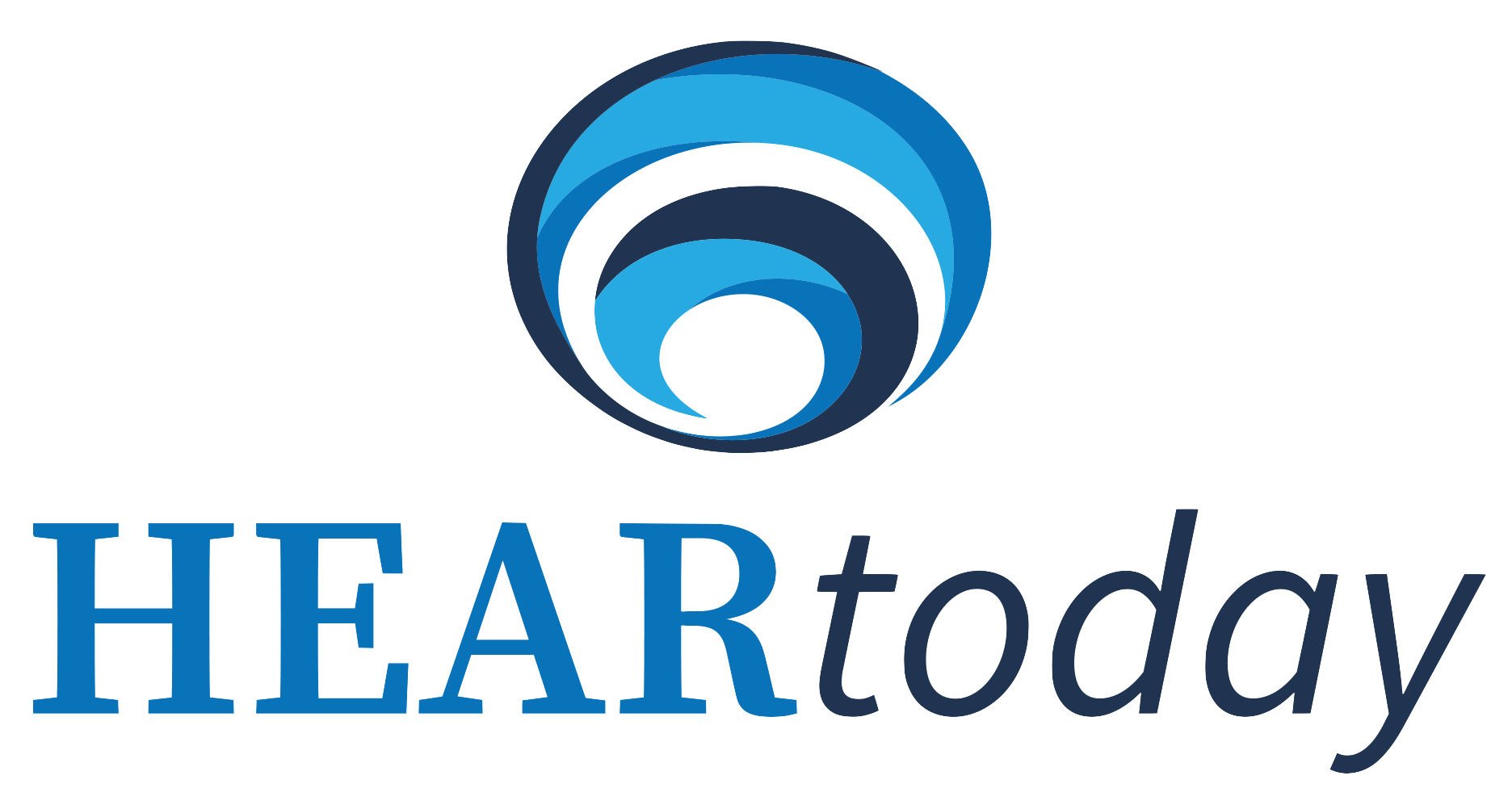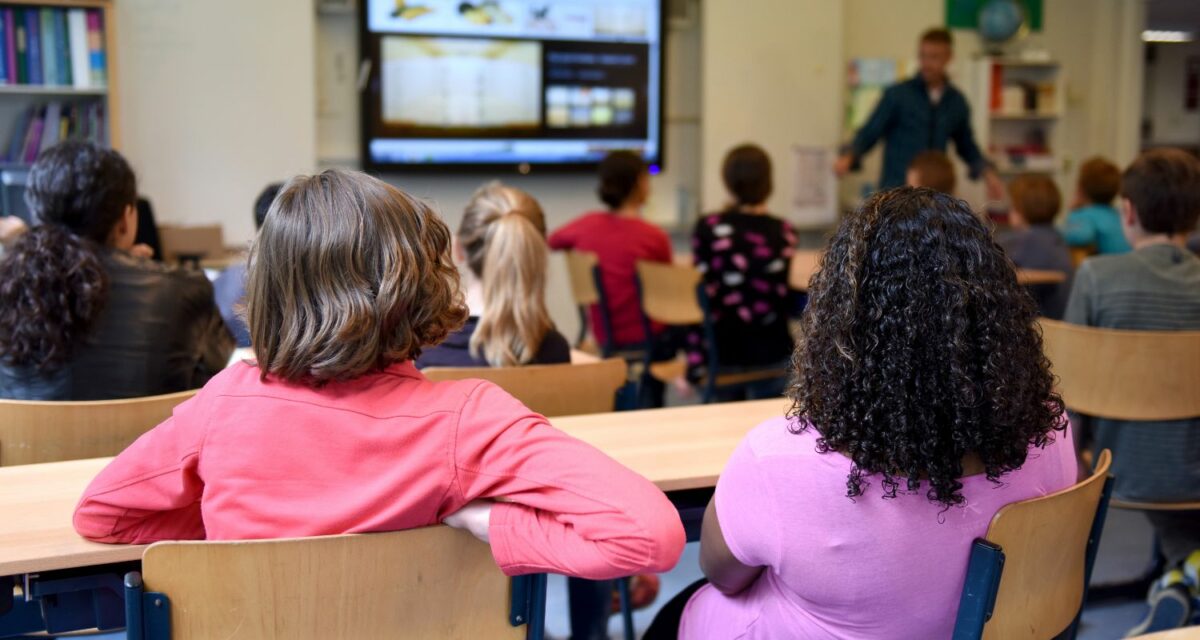Hearing loss can contribute to learning challenges in the classroom. According to the Centers for Disease Control and Prevention (CDC), nearly 15% of school-age children and teens (ages 6-19) have some degree of hearing loss. Studies show that children with hearing loss are more likely to experience learning difficulties including reading comprehension. A reduced capacity to hear and process speech as well as sound produces various symptoms that can disrupt learning. Fortunately, there are useful ways you can assist students who are hard of hearing. Your support can transform their trajectory in the classroom, enhancing their learning and success.
- Assign seating thoughtfully. Where students sit, particularly students with hearing challenges, is incredibly important. Seating them in a centered area that is near the front can best support their hearing. This puts them closer to the teacher and therefore closer to what is being said as well as any visual aids being used. Also, rather than organizing your classroom in the traditional rows format, you can think about alternative seating arrangements. This includes arranging chairs in a U or a circle which would allow students to clearly see eachother while speaking. Additionally, be sure to avoid placing students with hearing challenges in areas that make it harder to hear – near fans, windows looking onto traffic, a/c units, speakers etc.
- Face students when speaking. Being clearly visible is an important way to increase accessibility. People with hearing loss or hearing challenges often lip read to help identify individual words and to follow what is being said. Being visible also allows them to access nonverbal cues like facial expressions, body movements, and other types of gestures. Nonverbal communication helps provide context and meaning, helping people follow what is being said.
- Reduce background noise. Background noise can make it challenging for anyone to hear and can be especially difficult for students with hearing challenges. It provides additional noise for the brain to have to filter through. This distracts from the speech one wants to focus on and creates more work for the brain which can contribute to fatigue. Reduce background noise as much as possible. You can do this by closing the windows to eliminate environmental noise, asking students to talk quietly when having discussions, using a silent pencil sharpener, requiring all electronic devices to be on silent etc.
- Use visual aids. Making lessons more dynamic by using visual aids is a great way to expand accessibility and meet the learning needs of more people. Using visual aids is useful for visual learners and students with hearing challenges. Incorporating digital media, using slides, graphics, projecting text etc. provides more access points to understand and follow what is being taught.
- Use an FM system. Utilizing an FM system can be helpful if you are in an auditorium setting or a larger type of classroom. An FM system is a type of assistive listening device that supports hearing by amplifying sound. It works through a microphone that the speaker wears, this microphone emits soundwaves. These soundwaves are absorbed by a receiver that the student wears, allowing them to hear the audio directly. This is the same technology that museums use when taking a tour.
- Increase use of other technologies. In addition to using more visual aids and an FM system, there are other technologies that can be beneficial for students with hearing loss. This includes applying closed captioned services when watching media and transcription services which transcribe audio to text in real time.
- Check-in regularly. Taking the time to check-in with your students that have hearing challenges is a great way to discuss their needs. This allows you to know if their hearing needs are being met and if there are adjustments that can be made to better support their learning.
- Learn more. We encourage you to utilize the wealth of resources available to you to learn more about how you can better meet the learning needs of students with hearing challenges. You can do this by accessing campus resources like the services for students with various learning needs, speaking to parents, as well as hearing from health professionals. This can provide greater insight, tools, and strategies that you can use to make the classroom and learning as accessible as possible.
Contact us to learn more about how you can assist students who have hearing challenges. Your effort and support is invaluable to learning!

